Home>Gardening & Outdoor>Landscaping Ideas>How To Design Your Yard With Native Plant
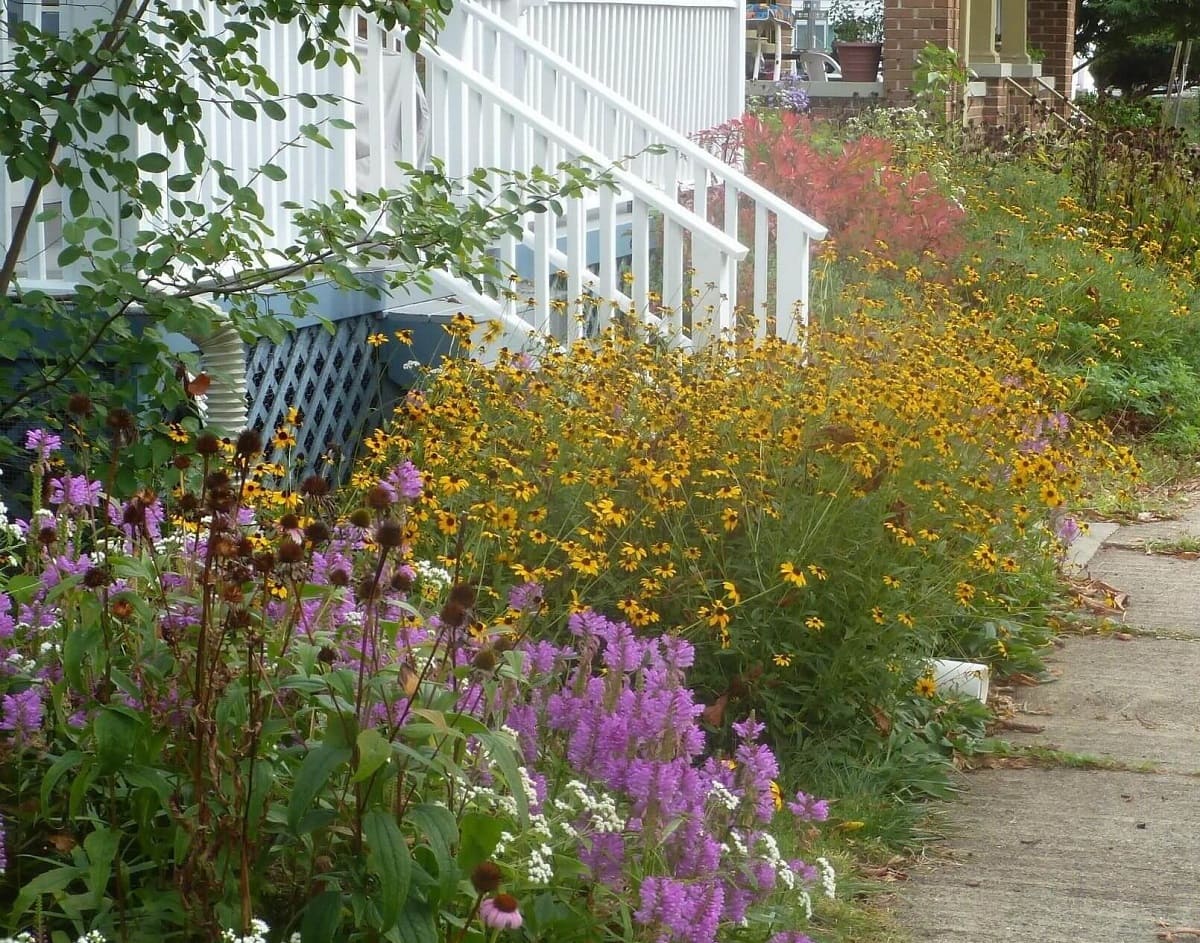

Landscaping Ideas
How To Design Your Yard With Native Plant
Modified: January 20, 2024
Discover landscaping ideas and tips for designing your yard with native plants. Create a sustainable and beautiful outdoor space with our expert advice. Start your eco-friendly landscaping project today!
(Many of the links in this article redirect to a specific reviewed product. Your purchase of these products through affiliate links helps to generate commission for Storables.com, at no extra cost. Learn more)
Introduction
Designing your yard with native plants is a rewarding endeavor that not only enhances the beauty of your outdoor space but also contributes to the local ecosystem. By incorporating native plants into your landscape, you can create a sustainable and low-maintenance garden that attracts local wildlife and promotes biodiversity.
Native plants are species that naturally occur in a specific region and have evolved to thrive in the local climate, soil, and environmental conditions. Unlike non-native plants, they are well-adapted to the area and require minimal water, fertilizer, and pesticides once established. This makes them an eco-friendly and cost-effective choice for landscaping.
In this guide, we will explore the process of designing a yard with native plants, from selecting the right species to creating a cohesive and visually appealing garden. Whether you are a seasoned gardener or a novice enthusiast, incorporating native plants into your yard can offer a host of benefits while allowing you to connect with the natural beauty of your surroundings.
Let's delve into the world of native plant landscaping and discover how you can transform your yard into a vibrant and sustainable oasis.
Key Takeaways:
- Embrace native plants for a vibrant, low-maintenance yard that supports local wildlife and promotes biodiversity, creating a sustainable oasis that connects you to the natural beauty of your surroundings.
- Assess your yard, select the right native plants, and design a garden that mirrors the resilience and diversity of natural ecosystems, nurturing a sustainable and visually captivating landscape.
Read more: What Is A Native Plant
Benefits of Using Native Plants
Integrating native plants into your yard offers a myriad of benefits that extend beyond aesthetic appeal. These plants have evolved alongside local wildlife and play a crucial role in supporting the ecosystem. Here are some compelling reasons to consider using native plants in your landscaping:
- Biodiversity Support: Native plants provide essential food and habitat for local wildlife, including birds, butterflies, and pollinators. By cultivating a diverse array of native species, you can create a thriving ecosystem within your yard.
- Water Efficiency: Native plants are well-adapted to the local climate and soil conditions, reducing the need for supplemental watering once established. Their deep root systems also help prevent soil erosion and improve water retention.
- Low Maintenance: Unlike non-native plants, native species have evolved natural defenses against local pests and diseases, minimizing the need for chemical pesticides. Additionally, their adaptation to the climate often means they require less maintenance overall.
- Environmental Resilience: Native plants contribute to the overall health of the environment by improving air and soil quality. They also play a role in mitigating the effects of climate change by sequestering carbon and providing natural cooling effects.
- Connection to Local Ecology: By incorporating native plants, you can gain a deeper understanding of the natural history and ecology of your region. This connection to the local landscape fosters a sense of stewardship and environmental awareness.
- Long-Term Sustainability: Utilizing native plants in landscaping promotes sustainable practices by reducing the reliance on non-native species that may require excessive resources to thrive in a foreign environment.
By harnessing these benefits, you can create a vibrant and resilient landscape that not only enhances the beauty of your yard but also contributes to the well-being of the local environment.
Assessing Your Yard
Before embarking on the journey of incorporating native plants into your yard, it’s essential to conduct a thorough assessment of your outdoor space. By evaluating the environmental conditions and existing features of your yard, you can make informed decisions when selecting and designing with native plants.
Here are key factors to consider when assessing your yard for native plant landscaping:
- Climate and Microclimates: Take note of the prevailing climate in your region, including temperature ranges, precipitation levels, and seasonal variations. Additionally, identify microclimates within your yard, such as areas of sun and shade, as these will influence plant selection.
- Soil Quality: Assess the composition and drainage of your soil. Understanding the soil type, pH levels, and moisture retention capacity will help you choose native plants that are well-suited to these conditions.
- Existing Vegetation: Observe the types of plants already growing in your yard, as well as any invasive or non-native species. This information will guide your decisions regarding plant removal, maintenance, and the integration of new native species.
- Topography and Drainage: Evaluate the topography of your yard, noting any slopes, low-lying areas, or water drainage patterns. This assessment will inform the placement of native plants to optimize water flow and prevent erosion.
- Wildlife and Ecological Interactions: Take note of the wildlife that frequents your yard, such as birds, insects, and small mammals. Understanding these interactions will help you select native plants that support local biodiversity and wildlife habitats.
- Utility and Aesthetic Considerations: Consider any practical needs or aesthetic goals for your yard, such as creating privacy screens, defining garden borders, or incorporating specific colors and textures into the landscape design.
By thoroughly assessing these aspects of your yard, you can lay the groundwork for a successful native plant landscaping project that harmonizes with the natural characteristics of your outdoor space. This thoughtful approach will set the stage for the next steps of selecting and designing with native plants.
Selecting Native Plants
Choosing the right native plants for your yard is a pivotal step in creating a thriving and sustainable landscape. When selecting native species, it’s essential to consider factors such as ecological compatibility, aesthetic appeal, and functional benefits. By embracing a diverse array of native plants, you can create a resilient and visually captivating garden that supports local wildlife and contributes to the overall health of the ecosystem.
Here are some considerations to guide you in the process of selecting native plants for your yard:
- Native Plant Databases: Utilize online resources or consult with local nurseries and botanical gardens to access comprehensive databases of native plants specific to your region. These resources provide valuable information about each species, including growth habits, preferred growing conditions, and ecological roles.
- Ecological Functionality: Consider the ecological roles of native plants, such as providing food and habitat for local wildlife, supporting pollinators, and contributing to the overall biodiversity of the landscape. Aim to incorporate a variety of plant species that fulfill different ecological functions to create a balanced and resilient ecosystem.
- Adaptation to Site Conditions: Select native plants that are well-adapted to the specific environmental conditions of your yard, including soil type, moisture levels, sun exposure, and hardiness zones. By matching plants to their preferred growing conditions, you can optimize their health and longevity in your landscape.
- Seasonal Interest: Choose native plants that offer visual interest throughout the seasons, incorporating a mix of flowering species, foliage textures, and seasonal color variations. This approach ensures that your landscape remains dynamic and visually appealing year-round.
- Functional Diversity: Explore native plant options that serve practical functions in your yard, such as erosion control, rainwater absorption, wildlife forage, or natural privacy screens. By integrating plants with diverse functions, you can maximize the ecological and aesthetic benefits of your landscape.
- Consideration of Scale and Growth Habits: Take into account the mature size and growth habits of native plants to ensure they harmonize with the scale of your yard and other existing vegetation. This proactive approach minimizes the need for excessive pruning or maintenance in the future.
By thoughtfully selecting a diverse palette of native plants that align with these considerations, you can lay the foundation for a vibrant and ecologically rich landscape that celebrates the natural beauty of your region.
When designing your yard with native plants, consider the soil and sunlight conditions to ensure the plants will thrive. Research native species that are well-suited to your specific region for a low-maintenance and eco-friendly landscape.
Designing Your Native Plant Garden
Creating a well-designed native plant garden involves thoughtful planning and a creative approach to integrating diverse plant species into a cohesive and visually appealing landscape. By leveraging the unique characteristics of native plants, you can design a garden that reflects the beauty of the natural environment while supporting local wildlife and ecological resilience.
Here are key considerations for designing your native plant garden:
- Ecological Zones: Divide your garden into ecological zones based on factors such as sun exposure, soil moisture, and topography. This zoning approach allows you to match native plants with their preferred growing conditions, optimizing their health and vitality.
- Layered Planting: Embrace a layered planting design that mimics the structure of natural ecosystems. Incorporate tall canopy trees, understory shrubs, herbaceous perennials, and groundcover plants to create a multi-dimensional and biodiverse garden space.
- Wildlife Habitat Features: Integrate elements that support wildlife, such as bird-friendly shrubs, nectar-rich flowers for pollinators, and water features that attract beneficial insects and small animals. These habitat features enhance the ecological value of your garden.
- Seasonal Diversity: Plan for seasonal diversity by selecting native plants that bloom and exhibit distinct foliage characteristics throughout the year. This approach ensures that your garden remains visually engaging and provides essential resources for wildlife across different seasons.
- Native Plant Communities: Emulate natural plant communities by grouping compatible native species that commonly grow together in the wild. This approach fosters ecological relationships and creates a harmonious and resilient garden ecosystem.
- Artistic Expression: Infuse your design with artistic elements, such as meandering pathways, focal points, and naturalistic arrangements that evoke the beauty of the local landscape. Balancing ecological function with aesthetic appeal creates a captivating and immersive garden experience.
By incorporating these design principles, you can craft a native plant garden that embodies the beauty, resilience, and ecological richness of your region. This approach celebrates the inherent diversity of native plants while creating a sustainable and captivating landscape for you to enjoy and cherish.
Planting and Maintenance Tips
Once you have selected and designed your native plant garden, proper planting and ongoing maintenance are essential to ensure the long-term health and vitality of the landscape. By following best practices for planting and implementing a proactive maintenance routine, you can support the growth of native plants and foster a thriving ecosystem within your yard.
Here are valuable tips for planting and maintaining your native plant garden:
- Planting Considerations: When planting native species, ensure that they are placed in locations that match their specific sunlight, soil, and moisture requirements. Follow proper planting depths and spacing guidelines to provide adequate room for growth while minimizing competition between plants.
- Watering Techniques: During the establishment phase, provide supplemental watering as needed to support the root development of newly planted native species. Once established, gradually reduce watering frequency, as native plants are adapted to local environmental conditions and often require minimal irrigation.
- Mulching Practices: Apply a layer of organic mulch around native plants to conserve soil moisture, suppress weed growth, and regulate soil temperature. Use mulch materials that are compatible with the natural habitat of the plants, such as wood chips, leaf litter, or pine straw.
- Pruning and Trimming: Practice selective pruning and trimming to maintain the health and shape of native plants as they grow. Remove dead or damaged foliage, and conduct periodic maintenance to prevent overcrowding and maintain a balanced ecosystem within the garden.
- Weeding Strategies: Implement proactive weeding practices to manage invasive species and maintain the ecological integrity of the garden. Regularly inspect for weeds and remove them by hand to prevent competition for resources and preserve the dominance of native plants.
- Integrated Pest Management: Monitor the garden for signs of pest activity and implement integrated pest management strategies, such as promoting natural predators and utilizing targeted control methods when necessary. Native plants often have built-in defenses against local pests, reducing the reliance on chemical interventions.
- Seasonal Assessments: Conduct seasonal assessments of your native plant garden to evaluate the performance of different species, identify any maintenance needs, and make adjustments to the design as needed. This ongoing observation allows you to adapt to changing environmental conditions and optimize the overall health of the landscape.
By incorporating these planting and maintenance tips into your gardening practices, you can nurture a thriving native plant garden that flourishes with minimal intervention while contributing to the ecological vitality of your yard.
Conclusion
Designing your yard with native plants is a deeply enriching experience that transcends traditional landscaping practices. By embracing the beauty and ecological significance of native species, you have the opportunity to create a garden that not only enhances the aesthetic appeal of your outdoor space but also fosters a deeper connection to the natural world around you.
Throughout this journey, you have explored the multitude of benefits that native plants offer, from supporting local wildlife and promoting biodiversity to reducing maintenance requirements and contributing to environmental resilience. By carefully assessing your yard, selecting suitable native plants, and thoughtfully designing a garden that mirrors the resilience and diversity of natural ecosystems, you have taken meaningful steps toward cultivating a sustainable and visually captivating landscape.
As you embark on the ongoing journey of planting and maintaining your native plant garden, remember that each action you take contributes to the vitality and balance of the ecosystem within your yard. By nurturing native plants, you are not only creating a beautiful and harmonious outdoor space for yourself but also providing essential resources for the myriad of creatures that depend on native flora for their survival.
Ultimately, the process of designing your yard with native plants is a celebration of the unique natural heritage of your region. It is an opportunity to honor the intricate web of life that thrives in your local ecosystem and to become a steward of the land, fostering a sustainable and resilient landscape for generations to come.
So, as you witness the seasonal transformations, observe the dance of pollinators among the blossoms, and revel in the dynamic beauty of your native plant garden, take pride in the role you play as a guardian of the earth, nurturing a thriving oasis that reflects the timeless wisdom of nature.
Frequently Asked Questions about How To Design Your Yard With Native Plant
Was this page helpful?
At Storables.com, we guarantee accurate and reliable information. Our content, validated by Expert Board Contributors, is crafted following stringent Editorial Policies. We're committed to providing you with well-researched, expert-backed insights for all your informational needs.
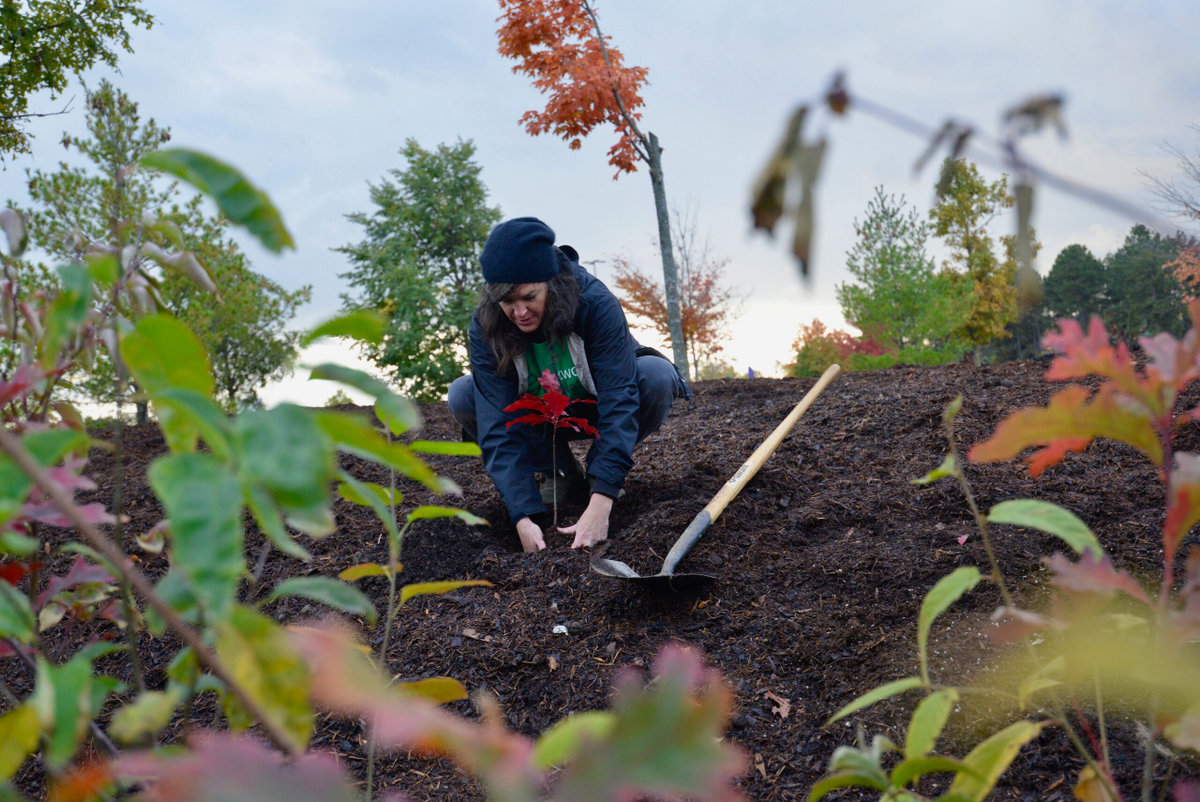

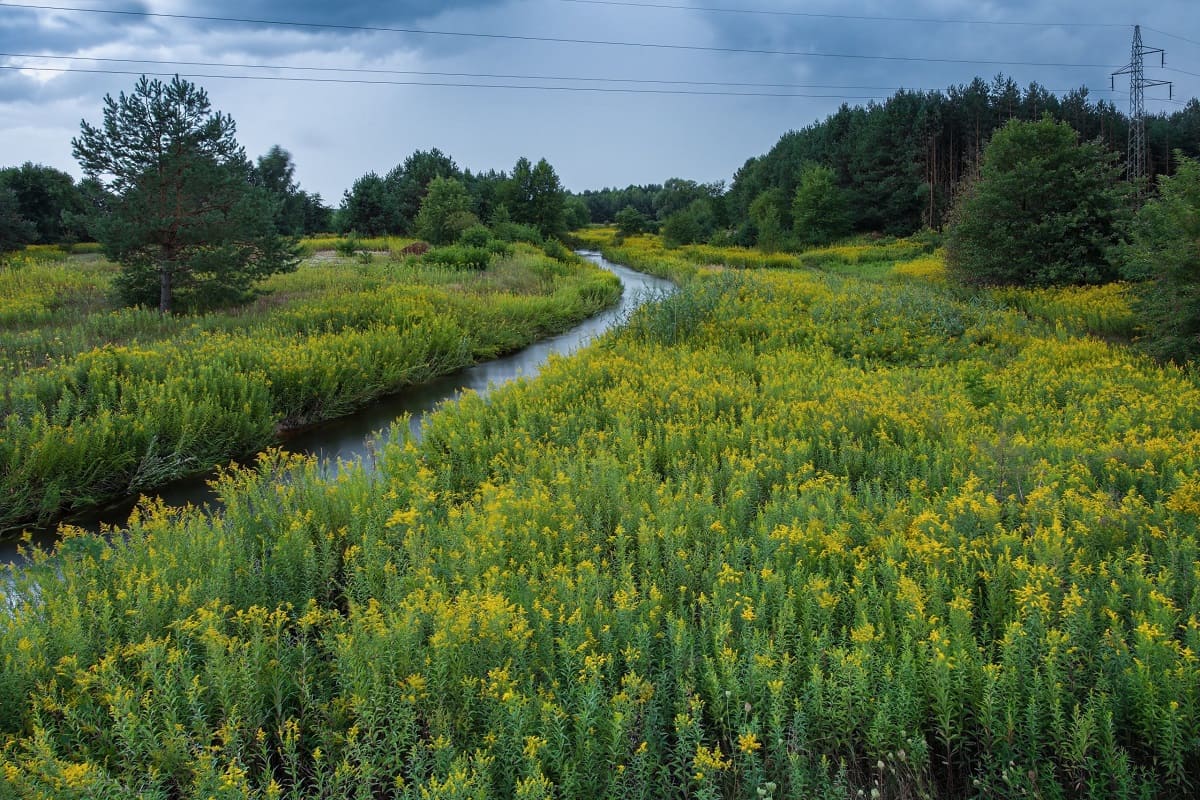
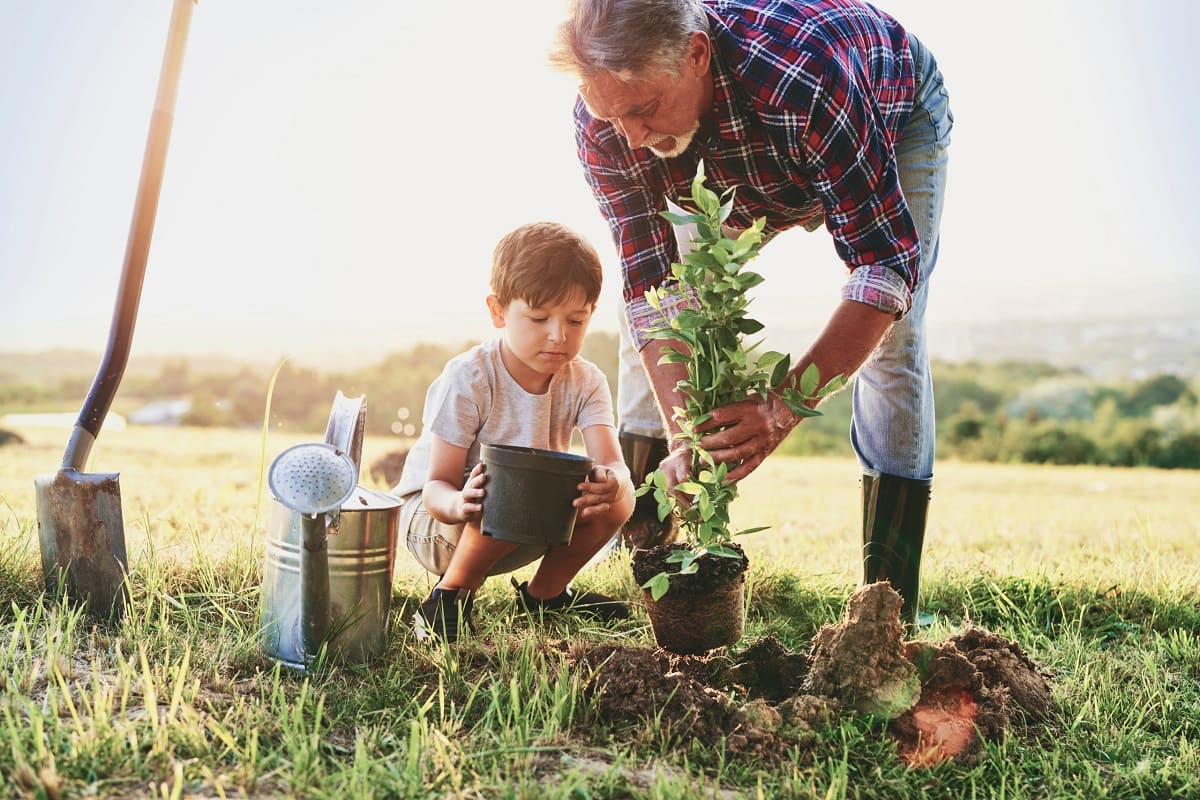
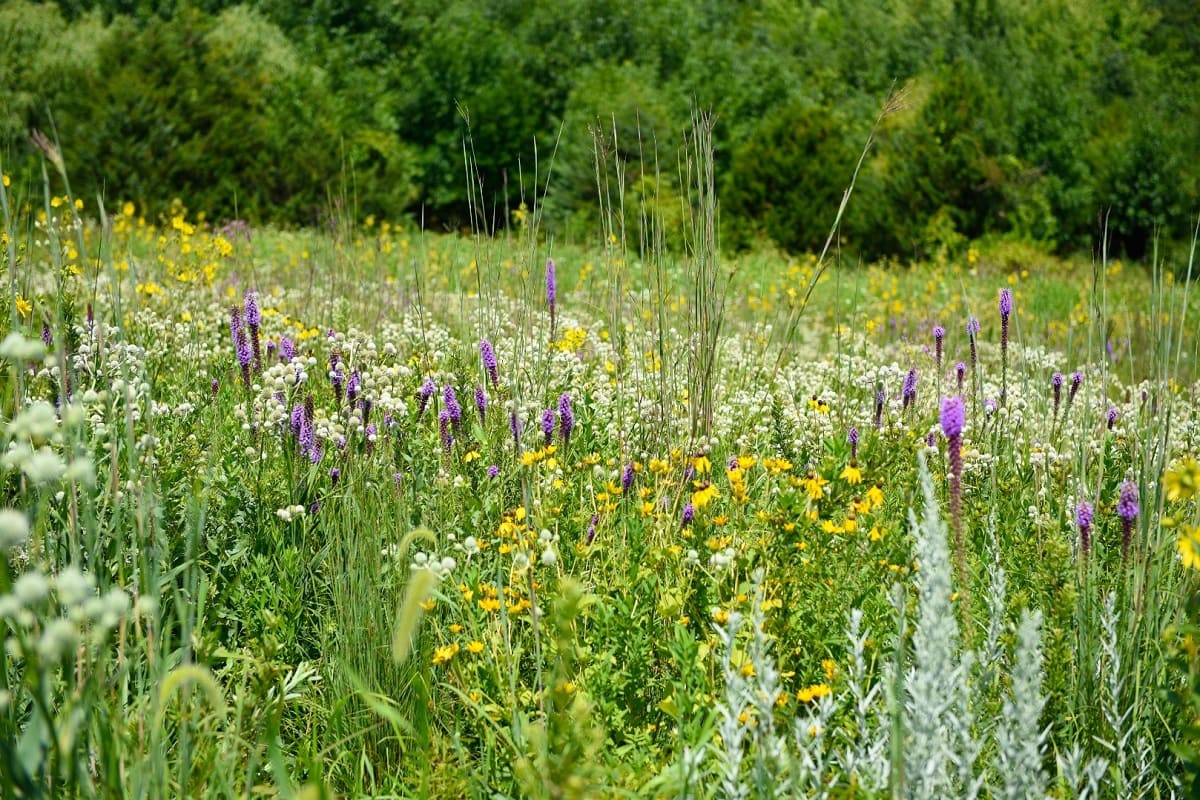
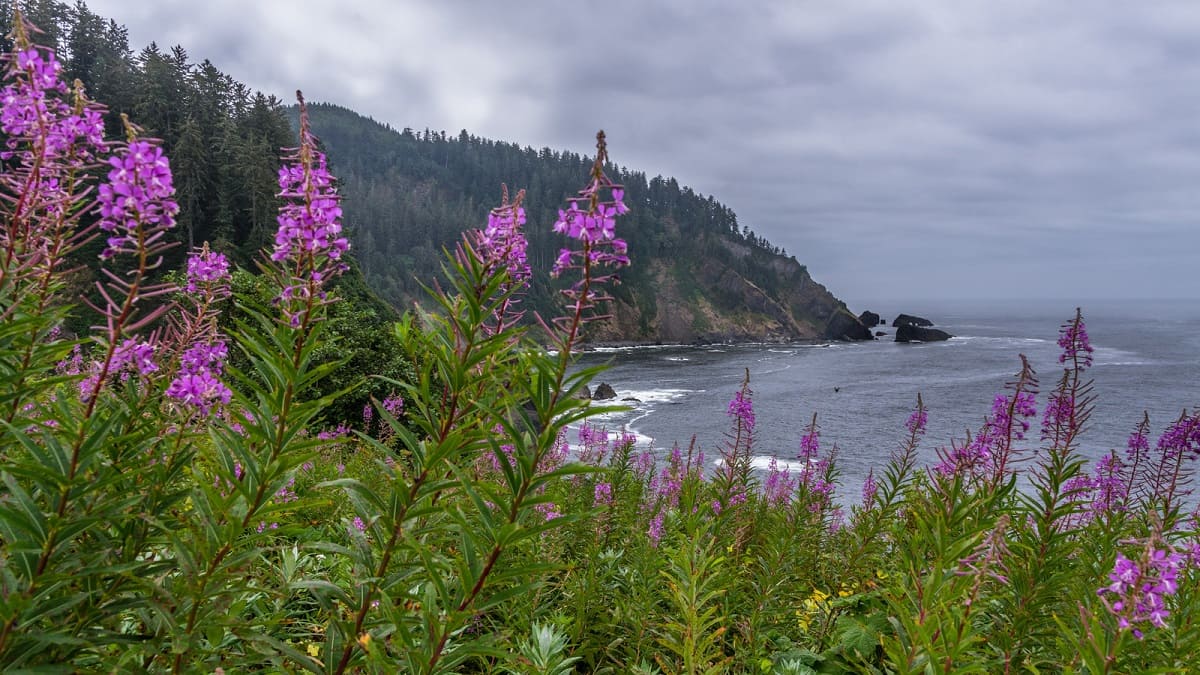
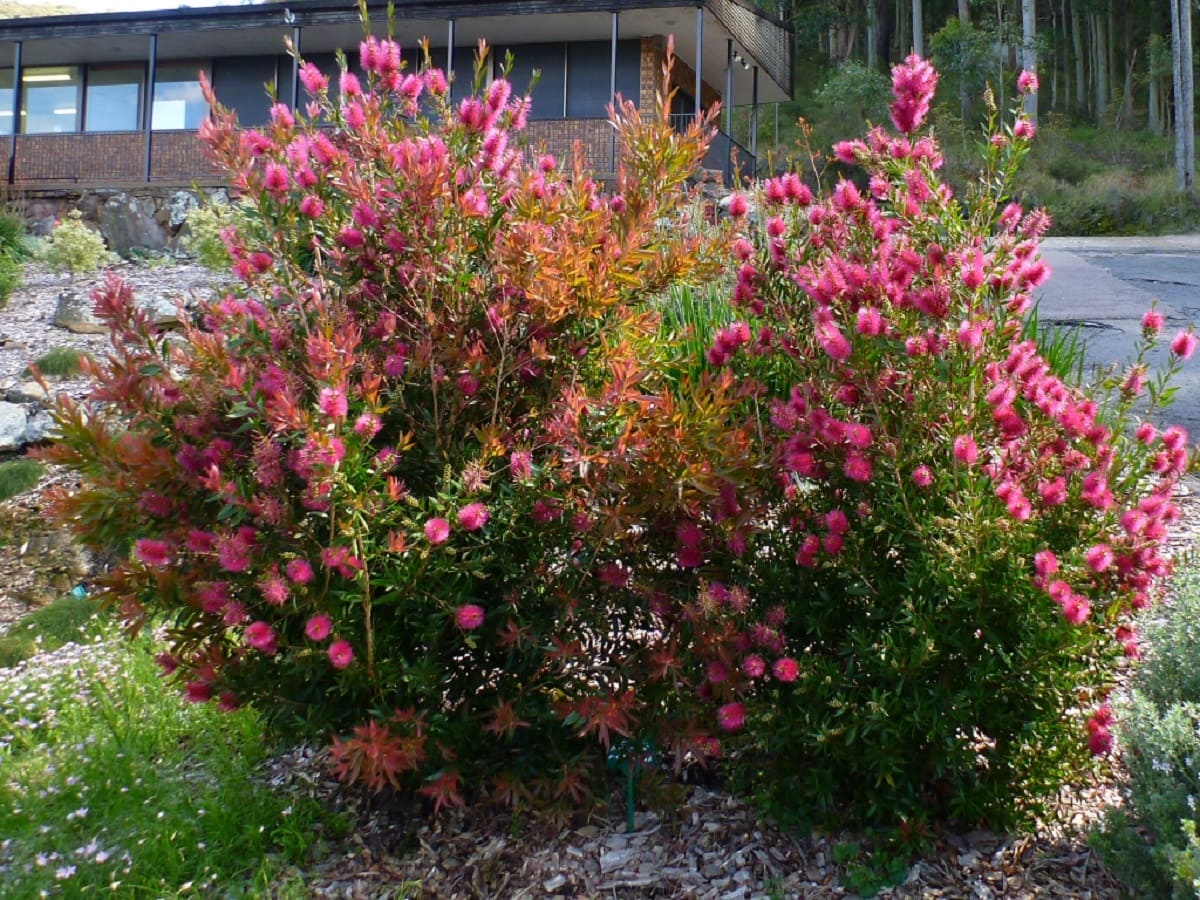
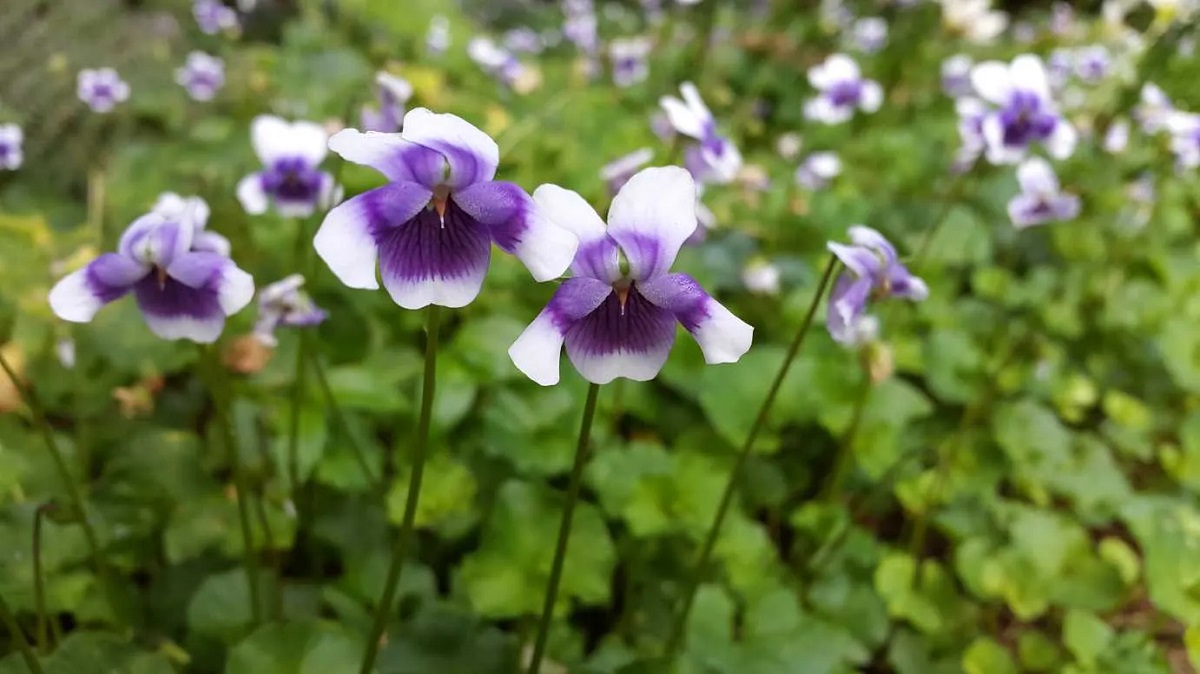
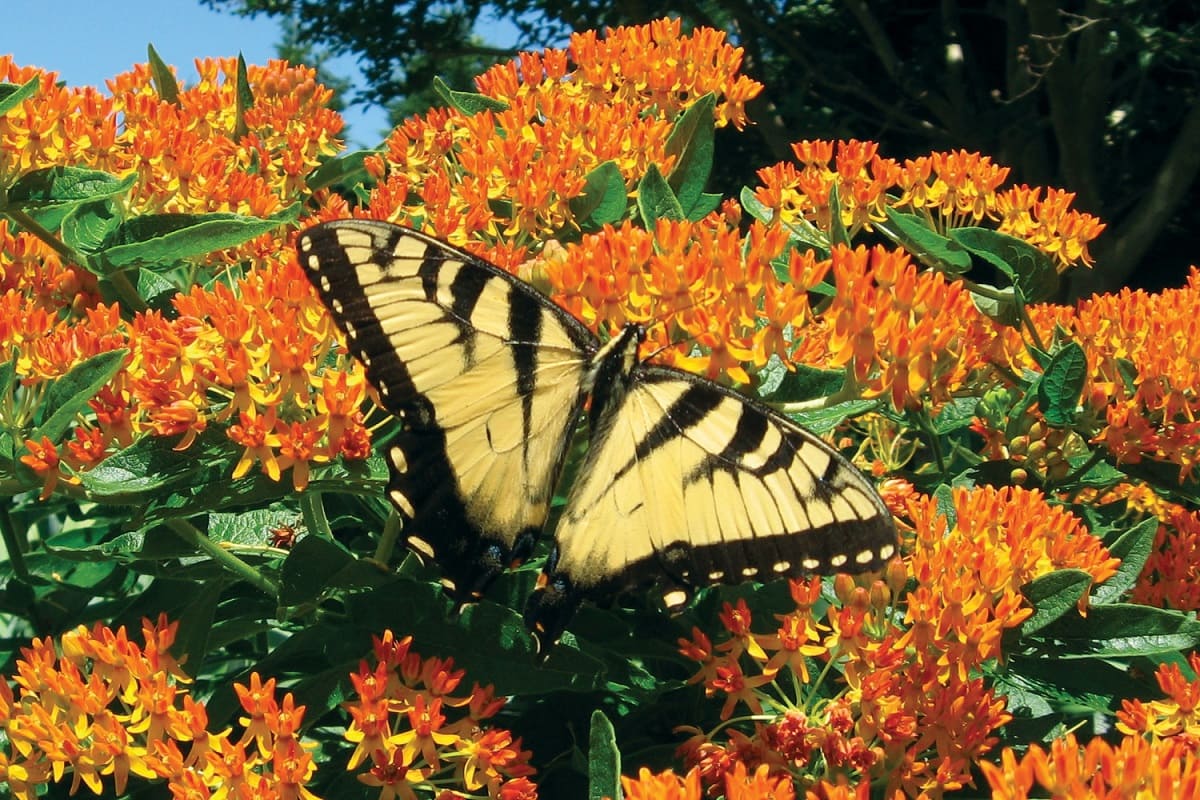
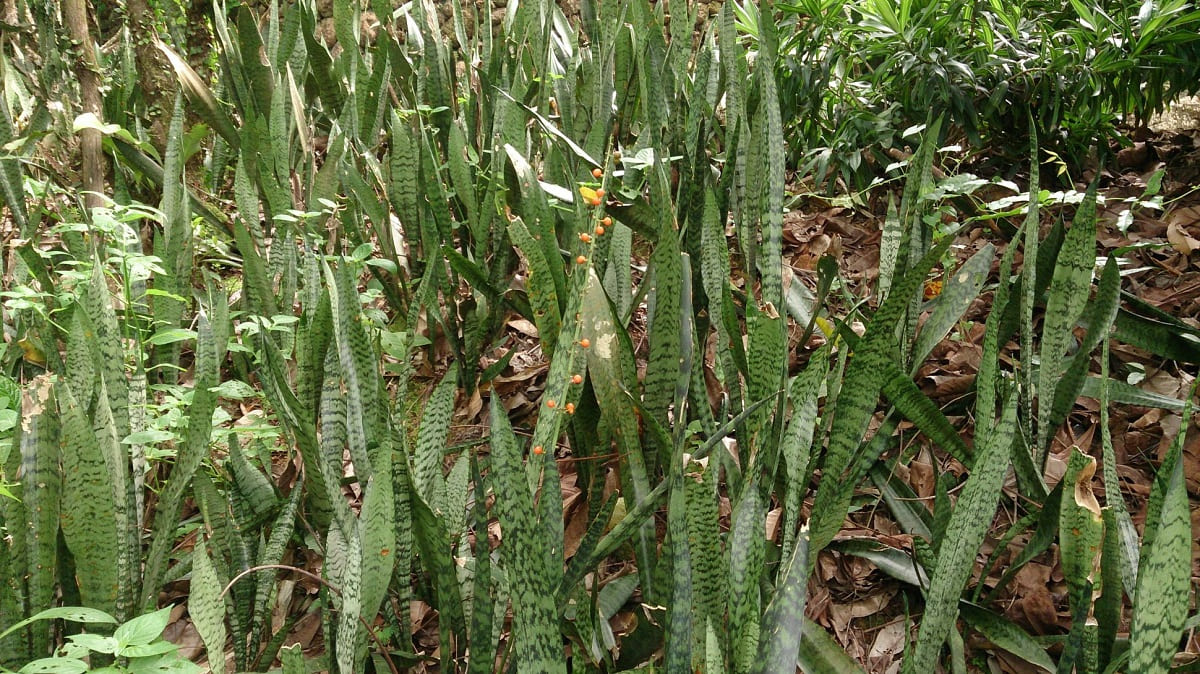
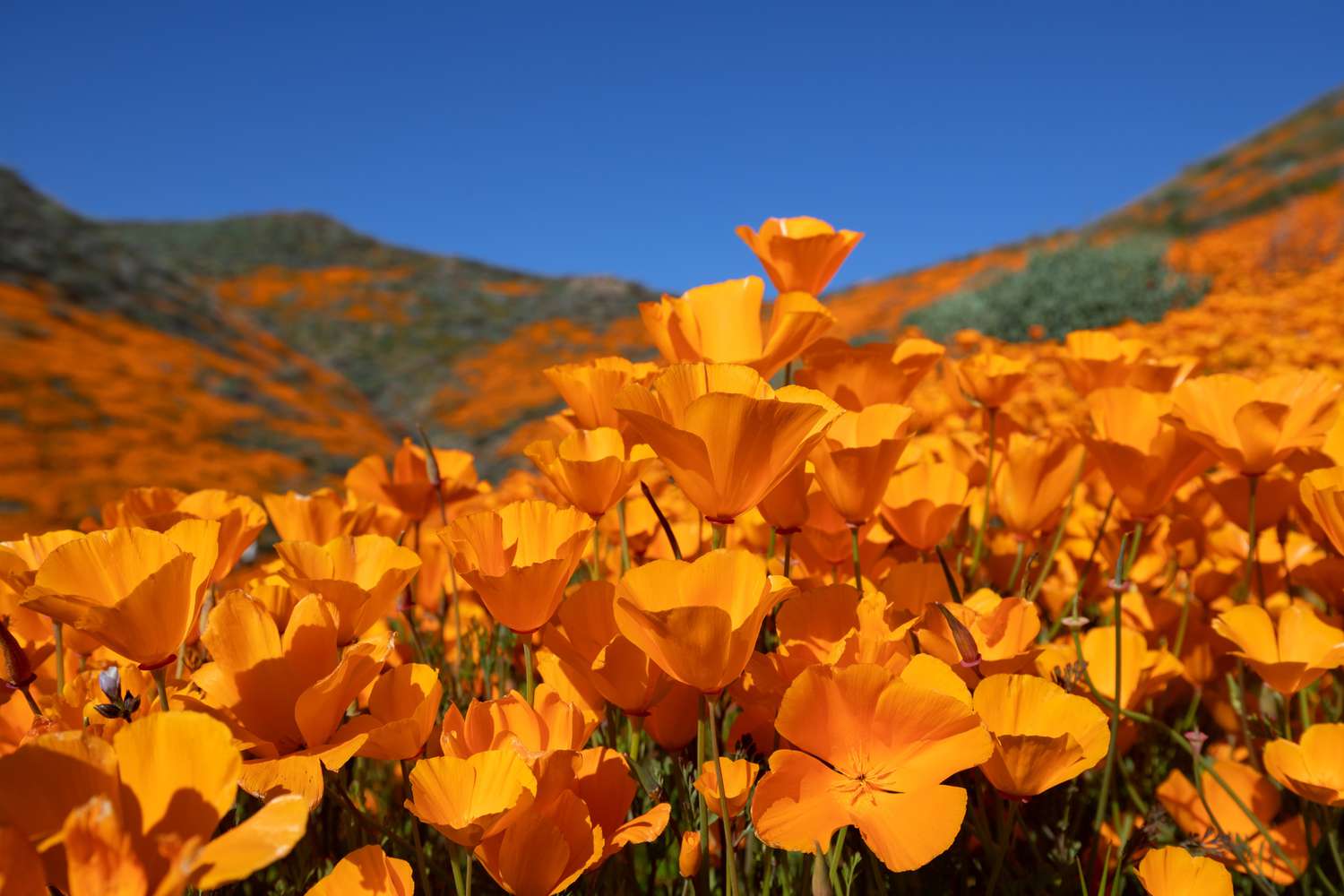
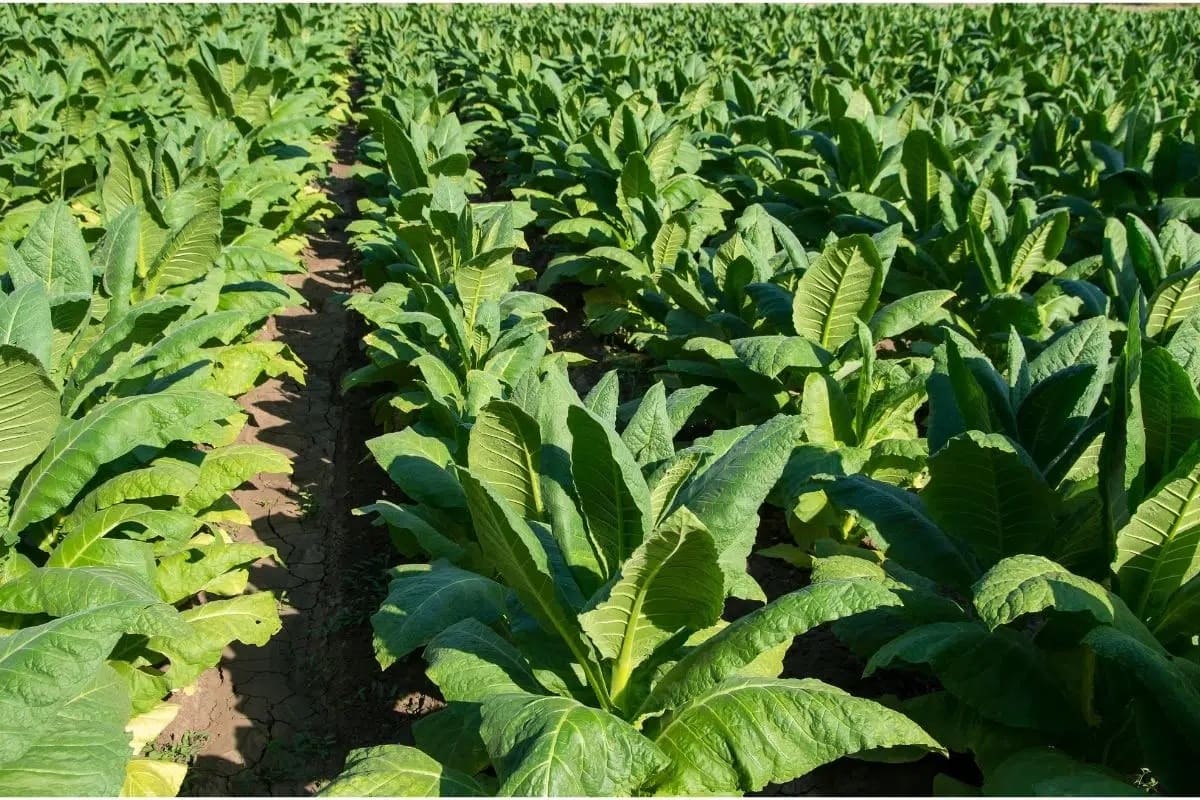
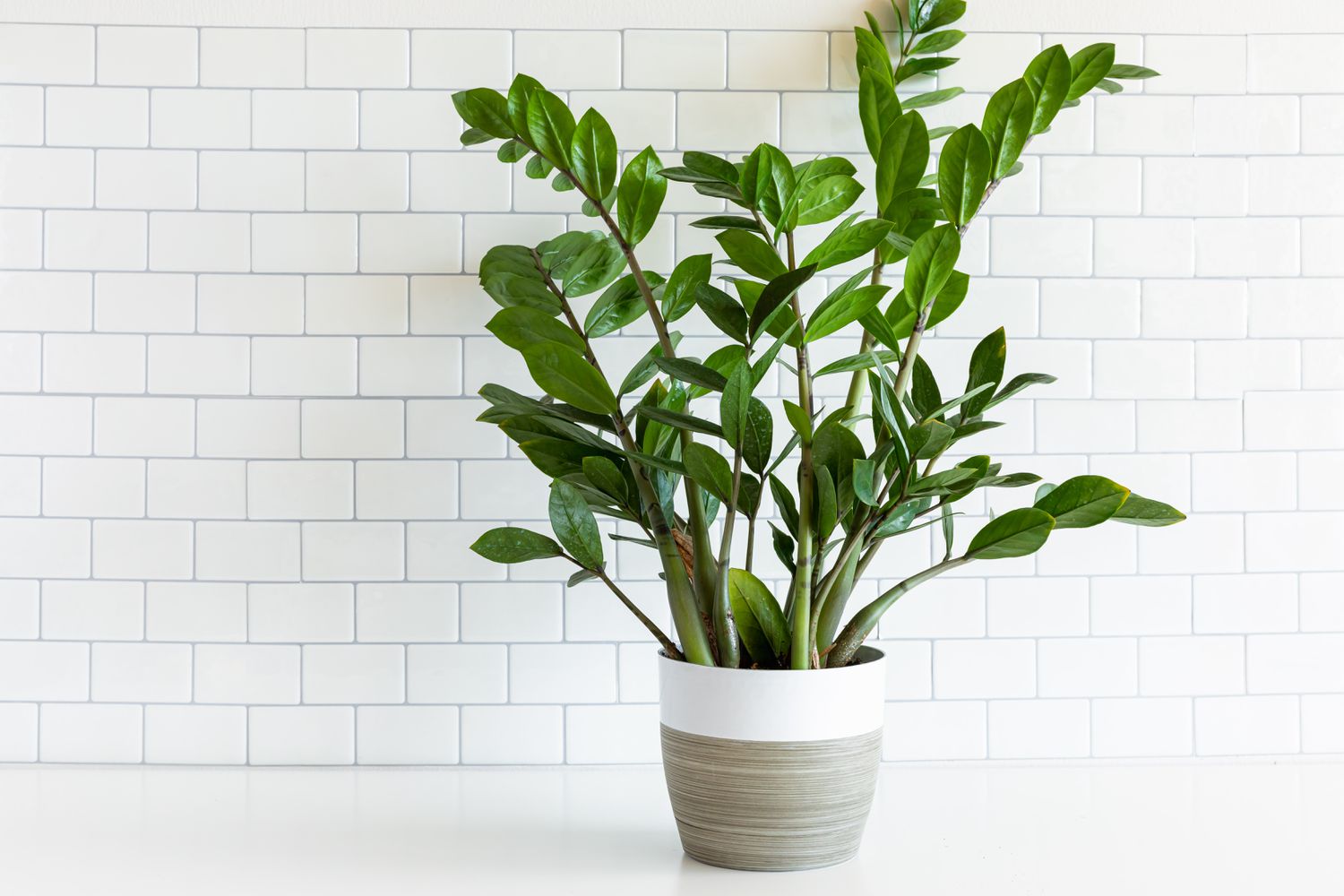
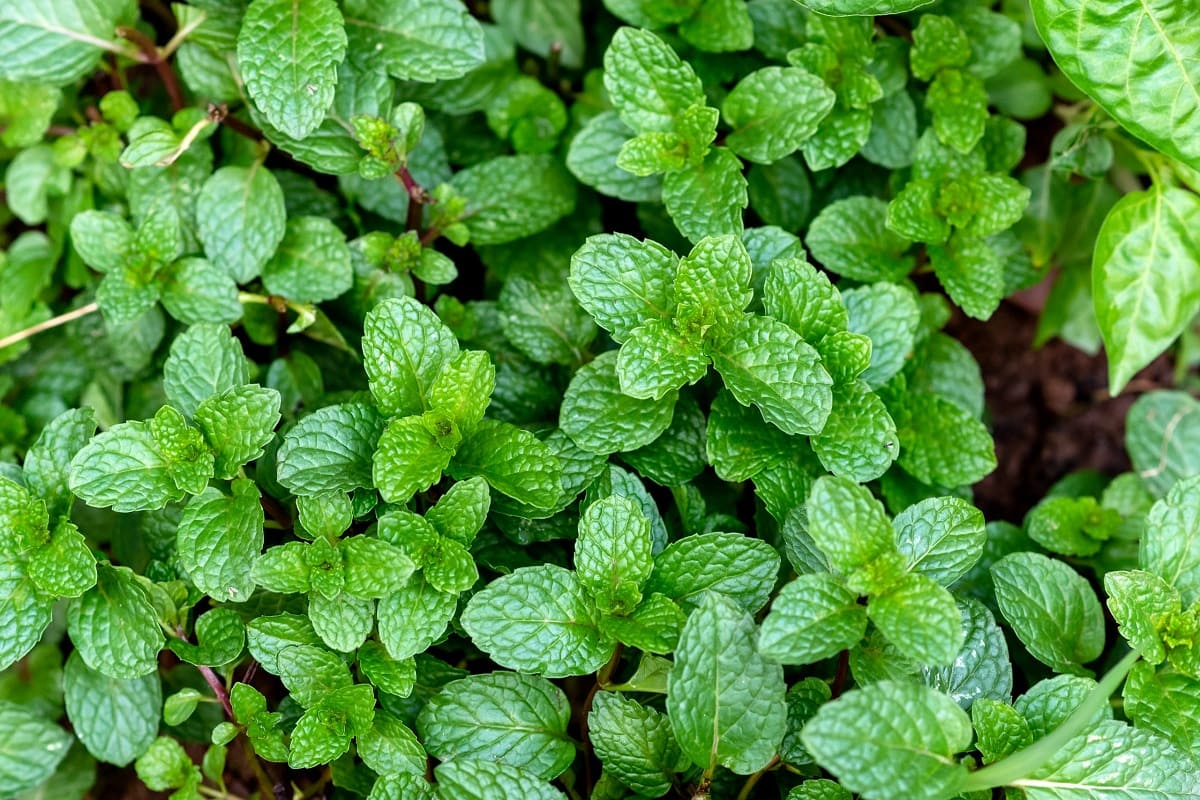

0 thoughts on “How To Design Your Yard With Native Plant”